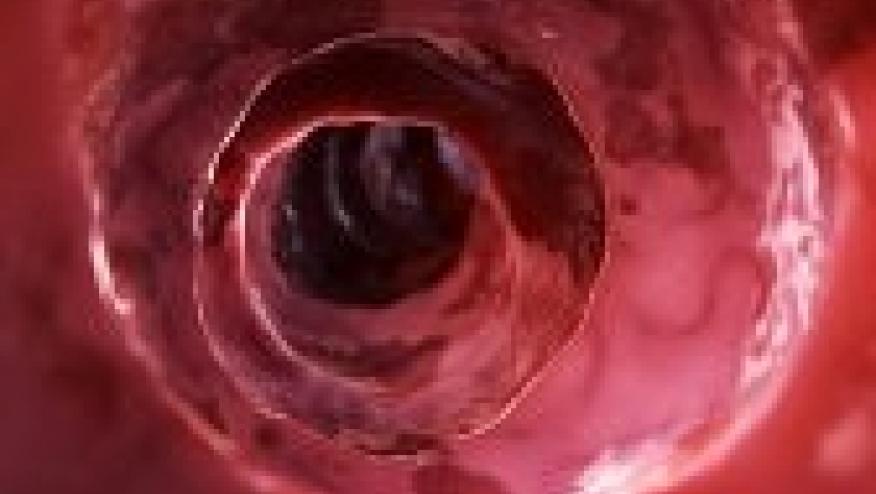Treatment Options for Extraintestinal IBD Save

Extraintestinal manifestations (EIMs) frequently accompany inflammatory bowel disease (IBD), often augmenting morbidity and mortality are associated with disease activity and may increase the need for surgery or treatment escalation. A recent review in GUT details the treatment options for patients with EIM.
The prevalence of EIM ranges from 6% to 47%, with four organs representing the most classic EIMs: joints (axial spondyloarthropathy, peripheral arthritis); skin (erythema nodosum (EN), pyoderma gangrenosum (PG), Sweet’s syndrome, oral aphthous ulcers); liver and biliary tract (primary sclerosing cholangitis (PSC)); and eyes (uveitis, episcleritis). Other immune-mediated inflammatory diseases (ie, psoriasis or rheumatoid arthritis) are not typically are not considered an EIM.
Activity
The risk of some EIM increases with longer disease duration. In others the intestinal disease activity raises the risk of EIM; such as pauciarticular peripheral arthritis, E. nodosum, Sweet’s syndrome, oral ulcers and episcleritis), and others have no association with intestinal IBD activity (axial spondyolarthropathy and polyarticular peripheral arthritis of the small joints, and possibly PG, uveitis and PSC).
TNF inhbitors
The advent of anti-tumour necrosis factor biologics (TNFi) has dramatically changed the treatment of IBD and EIM in recent years. Clinical data suggest good response rates for cutaneous manifestations, arthritis and ocular EIM. Retrospective analyses suggest similar efficacy of anti-TNF agents( adalimumab, certolizumab, infliximab). The only randomized placebo controlled trial in EIM showed the benefits of infliximab (5 mg/kg) in pyoderma gangrenosum (PG with IBD).
Anti-integrins
Anti-integrins, include 2 agents approved for the treatment of IBD: natalizumab and vedolizumab. These block leucocyte adhesion and migration, ultimately inhibiting T-lymphocyte trafficking to the site of inflammation. While effective in IBD they have also been effective in the control of some EIMs, such as arthritis/arthralgia and E. nodosum, but not PG.
JAK inhibitors
JAK inhibitors are emerging agents for the treatment of IBD, rheumatological and dermatological disorders. Clearly these agents work in RA and there is ongoing and encouraging data regarding their effect in spondylarthritis, psoriatic disease and other skin disorders.
Anti-interleukin 12/23 (IL-12/23) agents
The anti-p40 (IL-12/23) antibody ustekinumab is approved for the treatment of CD, UC, psoriasis and psoriatic arthritis. While few reports shows improvement of IBD-associated arthritis and cutaneous manifestations there are no prospective studies published regarding the efficacy of ustekinumab in the treatment of IBD-associated EIMs. Available data suggests ustekinumab may be effective for musculoskeletal EIMs (peripheral arthritis) and might be considered for cutaneous and ocular manifestations when other therapies fail.










If you are a health practitioner, you may Login/Register to comment.
Due to the nature of these comment forums, only health practitioners are allowed to comment at this time.